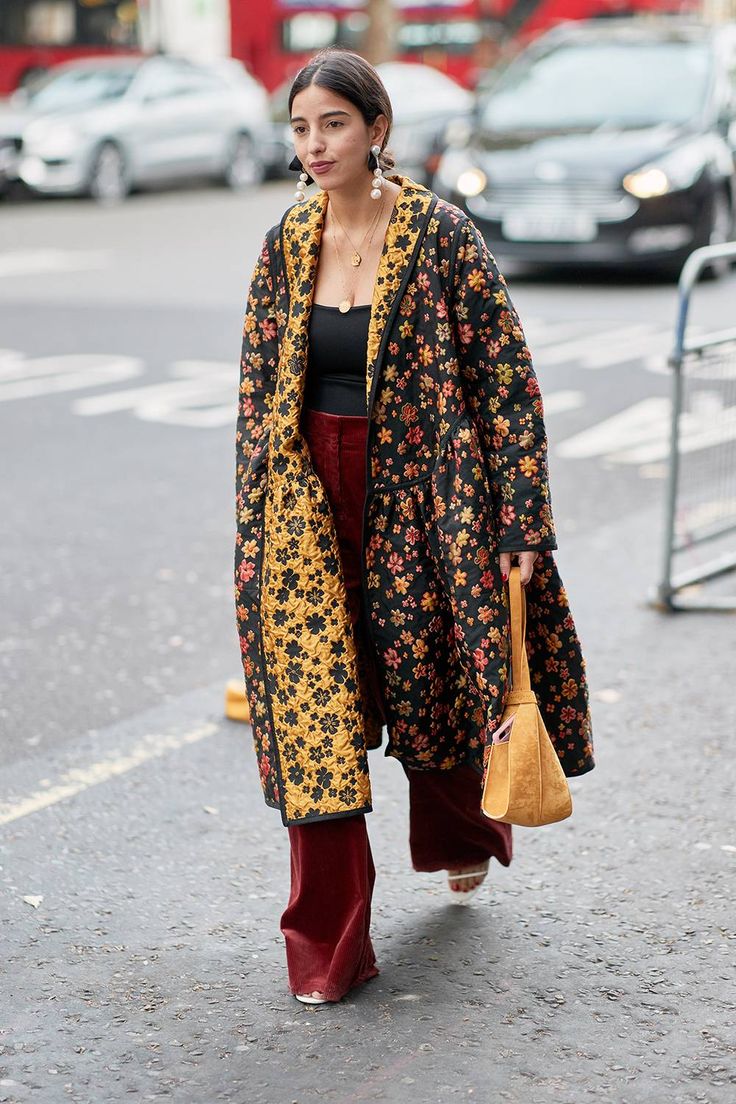Fashion as an Expression of Faith: Exploring Symbolism in Clothing Choices

Clothing has long transcended its role as mere attire; it serves as a canvas for self-expression, cultural identity, and often, a profound statement of faith. Within various religious traditions, clothing choices hold symbolism that extends far beyond aesthetics, conveying deep-rooted beliefs, cultural heritage, and spiritual connections.
In this article Christian Apparel Brand explores how clothing choices become a canvas for expressing faith, delving into the symbolism and significance embedded in religious attire, portraying fashion as a visual language that communicates beliefs, identity, and spirituality.
The Power of Symbolism
Clothing within the realm of faith often carries profound symbolism, laden with meanings that echo religious values, beliefs, and teachings. Every garment, every accessory, is a visual representation of one’s commitment to their faith.
The Veil: Symbol of Modesty and Piety
Across several cultures and religions, veiling has been a symbol of modesty and devotion. From the hijab in Islam to the headscarf worn by some Christian denominations, veiling signifies humility, respect, and a commitment to spiritual values.
Robes and Vestments: Significance in Rituals
The robes and vestments worn by clergy members in various religious ceremonies symbolize spiritual authority, purity, and sacredness. Each intricate detail and color holds significance, conveying deeper spiritual meanings to the congregation.
Religious Symbols in Attire
Garments often bear religious symbols or scriptures, intricately woven or delicately embroidered. These symbols, whether the Christian cross, the Star of David, the Om, or other religious insignias, reflect devotion and serve as reminders of faith.
Color Symbolism: Conveying Spiritual Messages
Colors hold immense significance in religious attire. Each hue represents different virtues or events—white symbolizing purity and peace, red signifying sacrifice or celebration, and black often denoting mourning or solemnity, varying across different faiths.
Distinctive Dress Codes: Identity and Unity
Certain dress codes within religious communities foster a sense of identity and unity. The Sikh turban, the Jewish tzitzit, or the Buddhist robes not only distinguish adherents but also unify them in shared customs and beliefs.
Adornment and Jewelry: Markers of Faith
Adornments and jewelry also bear religious significance. Whether the Christian crucifix, the Islamic crescent, or the Hindu bindi, these adornments serve as constant reminders of faith and devotion.
Modern Interpretations: Contemporary Faith-Inspired Fashion
In contemporary times, designers and individuals are creatively integrating religious symbols or motifs into modern fashion. These reinterpretations allow wearers to express their faith subtly and stylishly, transcending cultural and religious boundaries.
Challenges and Misconceptions
However, the expression of faith through clothing sometimes faces misconceptions or challenges, encountering stereotypes or judgments based on attire. Despite this, many individuals find empowerment and spiritual connection through their clothing choices.
Conclusion: The Spiritual Tapestry of Clothing
In conclusion, clothing serves as a rich tapestry woven with the threads of spirituality, cultural heritage, and personal conviction. Fashion as an expression of faith isn’t merely about what one wears; it’s a visual language, speaking volumes about beliefs, identity, and a deep-rooted connection to the divine.





